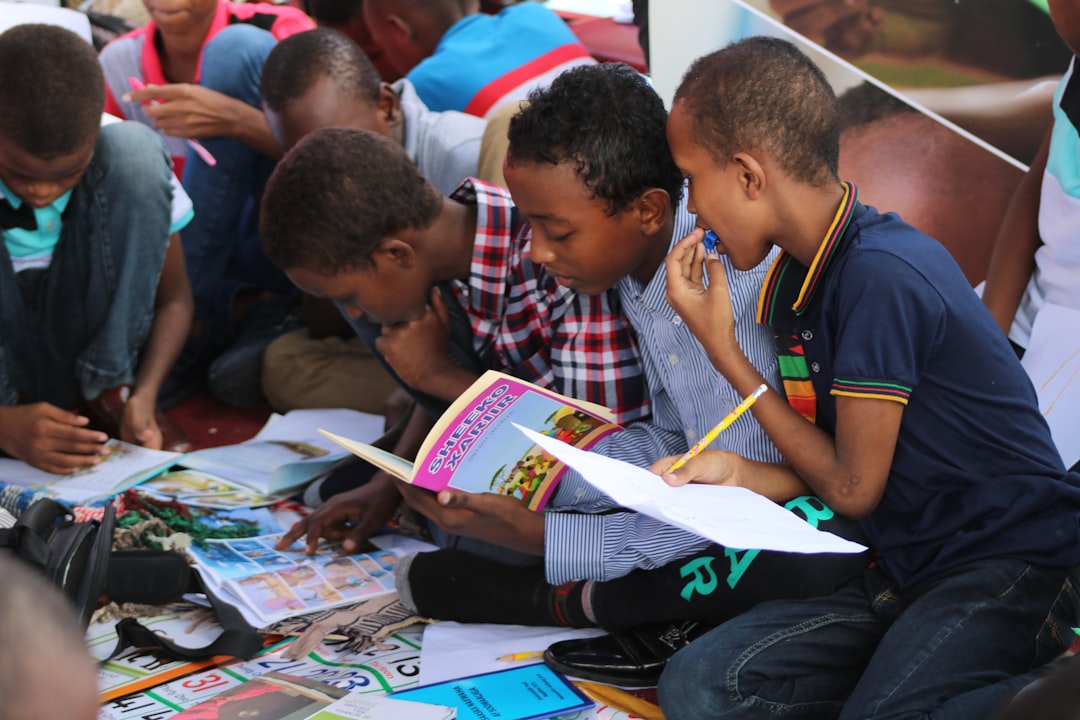In a world that often separates people by age—schools for children, workplaces for adults, and community centers for seniors—community gardens create a unique space where generations can come together, grow food, and grow alongside one another.
From grandparents passing down planting traditions to children teaching tech-savvy tricks for garden planning apps, the garden becomes a living classroom of shared knowledge. This is the power of intergenerational learning, and community gardens are one of the most natural places for it to flourish.
In this post, we’ll explore how community gardens foster intergenerational connections, the benefits of sharing knowledge and skills across age groups, and how to design garden programs that welcome everyone—from toddlers to elders.
What is Intergenerational Learning?
Intergenerational learning is the mutual exchange of knowledge, skills, and experiences between people of different age groups. Unlike one-way teaching, it emphasizes co-learning and collaboration, where everyone has something to contribute—and something to gain.
Community gardens are ideal for this kind of learning because they offer hands-on, participatory experiences that are relevant to all ages, whether it’s planting a seed, pulling a weed, or preparing a shared meal from the harvest.
How Community Gardens Foster Intergenerational Learning
🌱 Shared Activities with Universal Appeal
Gardening is inherently inclusive. Activities like digging, watering, planting, or harvesting can be tailored to accommodate various abilities and experience levels. It’s easy to pair a 10-year-old with an 80-year-old for tasks like:
-
Starting seedlings together
-
Building raised beds
-
Identifying plants and insects
-
Cooking or preserving garden produce
These shared tasks become natural opportunities for conversation, storytelling, and skill exchange.
🌼 Space for Storytelling and Tradition
Many older adults bring a lifetime of gardening experience—often tied to cultural traditions, family recipes, or knowledge passed down through generations. When they share these stories in the garden, they create a living archive of community memory.
Younger participants, meanwhile, bring curiosity, new ideas, and often tech-savvy approaches that can modernize garden practices—like digital garden mapping, social media promotion, or weather tracking apps.
🌿 Building Respect and Connection
By working side by side, different generations learn to see each other as equals—not just as elders or kids, but as fellow gardeners and collaborators. This helps reduce ageism, combat loneliness, and foster empathy.
For children, forming bonds with older adults can provide mentorship and emotional support. For seniors, the interaction can be energizing, affirming, and mentally stimulating.
Benefits of Intergenerational Gardening
For Children and Youth:
-
Learn hands-on skills and traditional knowledge
-
Develop empathy and communication skills
-
Gain confidence and mentorship
-
Explore responsibility and leadership
For Adults and Seniors:
-
Share wisdom and feel valued
-
Stay physically active and mentally engaged
-
Combat isolation and build community ties
-
Learn new technologies or perspectives
For Communities:
-
Strengthen social bonds and trust
-
Preserve cultural and agricultural heritage
-
Create inclusive, welcoming spaces
-
Increase volunteer engagement and continuity
Ideas for Intergenerational Garden Programs
👨👩👧👦 “Garden Buddies” Mentorship Pairings
Match children or teens with older gardeners to complete seasonal projects together, like starting a garden bed or creating compost bins.
🧓📚 Storytelling Circles in the Garden
Invite elders to share stories about how food was grown, preserved, or celebrated in their youth. These could be paired with planting culturally significant crops.
👩🍳🍲 Intergenerational Cooking Workshops
Host cooking days where older gardeners teach traditional recipes using garden ingredients—and kids help prep and plate.
🎨🌸 Art in the Garden
Have generations collaborate on garden signs, murals, or mosaic stepping stones. Art sparks conversation and creativity across all ages.
📅 “Seasoned & Seedlings” Garden Days
Create monthly events where participants of all ages work on themed garden activities—followed by shared meals or reflection sessions.
Making It Work: Tips for Inclusive Garden Design
-
Accessibility: Ensure garden beds, paths, and seating are easy to access for people with mobility challenges. Consider raised beds and shaded rest areas.
-
Flexible Participation: Offer both structured programs and informal drop-in opportunities for engagement.
-
Clear Communication: Use visuals and simple language for signs and instructions. Offer translation if needed for multilingual communities.
-
Respect and Patience: Foster a culture of listening and appreciation. Make space for everyone to contribute in their own way and at their own pace.
Final Thoughts
In a time when generations are often siloed and disconnected, community gardens offer something increasingly rare: a space for learning that is rooted in reciprocity, respect, and real-world connection. They remind us that wisdom isn’t confined to textbooks—and that growth doesn’t stop with age.
Whether you’re a grandparent who’s been gardening for 50 years or a student who’s just planted your first seed, the garden is a place where everyone has something to teach—and something to learn.
So dig in, plant something together, and let the knowledge bloom across generations. 🌻👵🧒🌱
Looking to start an intergenerational garden program? Reach out—we’d love to help you create a space where people of all ages grow, together.

Comments
No comments yet. Be the first to comment!
You must be logged in to comment. Login